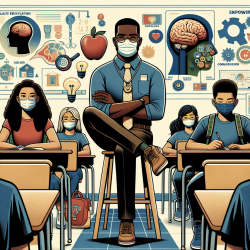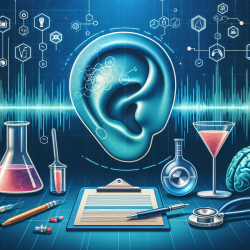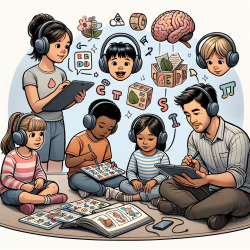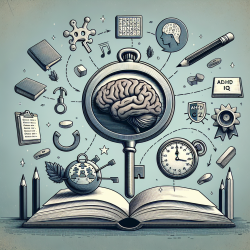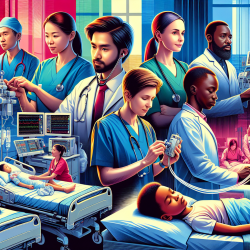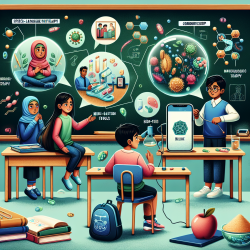The COVID-19 pandemic has reshaped many aspects of education, including how schools support students recovering from concussions. Recent research titled "Return-to-learn after concussion in Washington state public high schools during the COVID-19 pandemic" sheds light on the challenges and opportunities faced by educators in this area. This study highlights the need for evidence-based guidance and resource allocation to better assist students during their recovery process.
The Importance of Return-to-Learn Programs
Concussions can significantly impact a student's academic performance due to symptoms like headaches, fatigue, and difficulty concentrating. The Centers for Disease Control and Prevention (CDC) recommends a structured return-to-learn (RTL) program to help students gradually reintegrate into school activities. Key components of an effective RTL program include:
- Identification and Assessment: Early identification and ongoing assessment of concussion symptoms are crucial.
- Communication: Systematic communication between medical professionals and educators ensures coordinated care.
- Student Tracking: Monitoring student progress over time helps tailor accommodations to individual needs.
- Professional Development: Training for school personnel on concussion management is essential.
- Outcome Measures: Evaluating academic success post-concussion informs program effectiveness.
The Impact of the Pandemic on RTL Programs
The study conducted in Washington state revealed that over a quarter of schools did not provide any RTL accommodations during the pandemic. This gap highlights the need for consistent policies and resources across schools. Larger schools with higher graduation rates were more likely to offer accommodations, suggesting that resource availability plays a significant role.
A concerning finding was that 38% of schools received no guidance on providing RTL accommodations during the pandemic. This lack of direction often left educators relying on athletic trainers or lacking support altogether. The shift to virtual learning also posed challenges, as increased screen time can exacerbate concussion symptoms.
Strategies for Improvement
The research underscores several strategies that practitioners can implement to improve RTL programs:
- Create Comprehensive Policies: Develop clear RTL policies that outline specific accommodations and procedures.
- Enhance Training: Provide ongoing professional development for educators on concussion management and RTL strategies.
- Cultivate Collaboration: Foster partnerships between healthcare providers and educational institutions to ensure cohesive support for students.
- Pursue Further Research: Encourage continuous research into effective RTL practices to address evolving challenges.
The study also presents an opportunity for policymakers and educators to advocate for resource allocation to vulnerable schools. Ensuring access to athletic trainers, educational materials, and protected time for implementing RTL accommodations can bridge the gap in support services.
A Call to Action
This research serves as a call to action for educators, healthcare professionals, and policymakers alike. By adopting evidence-based practices and advocating for resources, we can transform how schools support students recovering from concussions. This transformation is crucial not only for academic success but also for the overall well-being of students navigating recovery during unprecedented times.
If you're interested in delving deeper into this topic, I encourage you to read the original research paper titled "Return-to-learn after concussion in Washington state public high schools during the COVID-19 pandemic". It offers valuable insights that can guide future efforts in enhancing concussion recovery programs in educational settings.
